The states of Himachal Pradesh, Panjab and Haryana lie between Lat. 27 40’ – 33 15’ N and long. 73 45’ – 78 58’ E. These states are encircled by Kashmir in the north, Delhi and Uttar Pradesh in the east, and Rajasthan and Pakistan in the west. The area is watered by the Satluj, Vyas, Ravi, Markanda and Yamuna. It has alpine climate in Kangra, sub-tropical climate in the alluvial plains of the Panjab and Haryana, while Himachal is a mountainous area with pine and deodar forests and abundant fruit orchards. Panjab and Haryana have lush green cultivated fields rendering the region the veritable granary of India. The region also faced intermittent inroads and invasions from the north west since time immemorial. The area has a large number of sites and monuments from the stone age, the pre-Harappan and Harappan times to the succeeding historical periods. The states of Himachal Pradesh, Panjab and Haryana are fairly rich in archaeological sites and monuments. The stone age sites at Bilaspur and Kangra in Himachal Pradesh and Aitbarpur in the Panjab are as notable as the numerous Neolithic sites in Himachal and that at Dumeli in the Panjab. A large number of pre-Harappan and Harappan sites have been identified in district Mansa and at other places in the Panjab and Haryana. After the partition, Panjab had the unique distinction of witnessing excavation of the first Harappan site at Ropar in the Indian Union followed by Bara where a culture contemporary with the pre-Harappan to late Harappan has been revealed. In Haryana, at Bhagwanpura, an overlap of late Harappan culture with painted grey ware culture promises to bridge the gap between the two. Early historical periods are well represented by the finds at Sanghol in the Panjab and Agroha in Haryana. At Sanghol, a large stupa with a relic-casket and fire-altars of the Kushana period have been unearthed, besides one hundred and seventeen figures of the Mathura School which form an outstanding discovery of Buddhist art. Rakhigarhi in Haryana has provided evidence of Harappan culture, including a unique cylindrical seal. The excavation at Kunal, Haryana has provided new dimensions to early-Harappan culture and its genesis. Excavations at Banawali, also in Haryana, has provided convincing data for the growth and devolution of Harappan culture. The temples of Chhatrari and Bharmaur in Himachal Pradesh with timber interior and inscribed bronzes of Sakti dating from circa A.D. 700 are remarkable. The group of rock-cut temples at Masrur dating from the ninth century A.D. are notable for sculptural and architectural excellence. The excavation at Harshka-Tila at Thanesar, Haryana has yielded historical sequence from the pre-Kushana to the medieval period. The tomb of Shaikh Chilli at Kurukshetra and the monuments of Narnaul, both in Haryana, and the Mughal Sarai of Amanat Khan, the renowned calligraphist of Taj Mahal, in the Panjab, are among notable buildings of the medieval period. There are one hundred fourty-six monuments/sites in the Panjab, Himachal Pradesh, and Haryana which are under the administrative jurisdiction of the Chandigarh circle of the Archaeological Survey of India.

Inventory of Monuments and Sites of National Importance: ( Vol. I) Part 2: Chandigarh Circle
In stock
Free & Quick Delivery Worldwide
reviews
Bibliographic information
Title
Inventory of Monuments and Sites of National Importance: ( Vol. I) Part 2: Chandigarh Circle
Author
Edition
1st ed.
Publisher
Length
164p., Plates.
Subjects


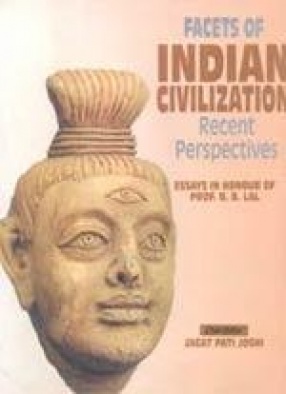
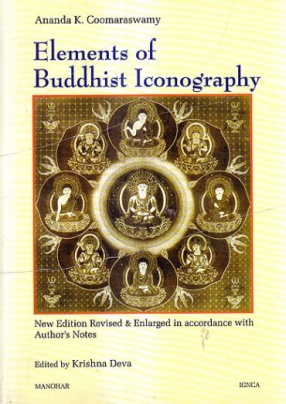
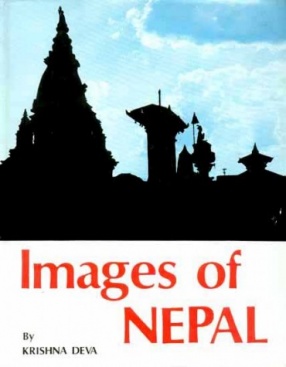
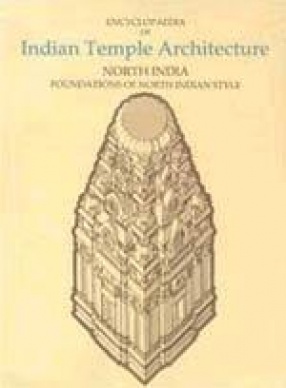
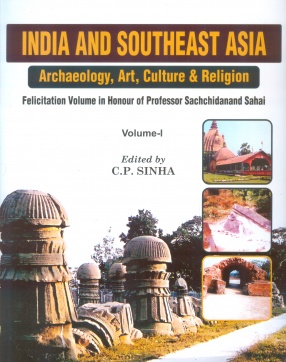

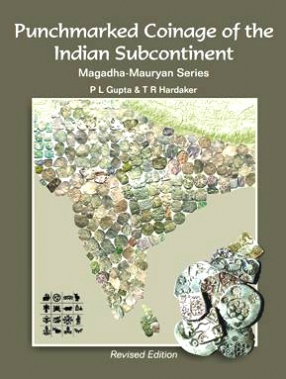
There are no reviews yet.